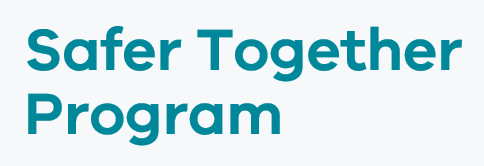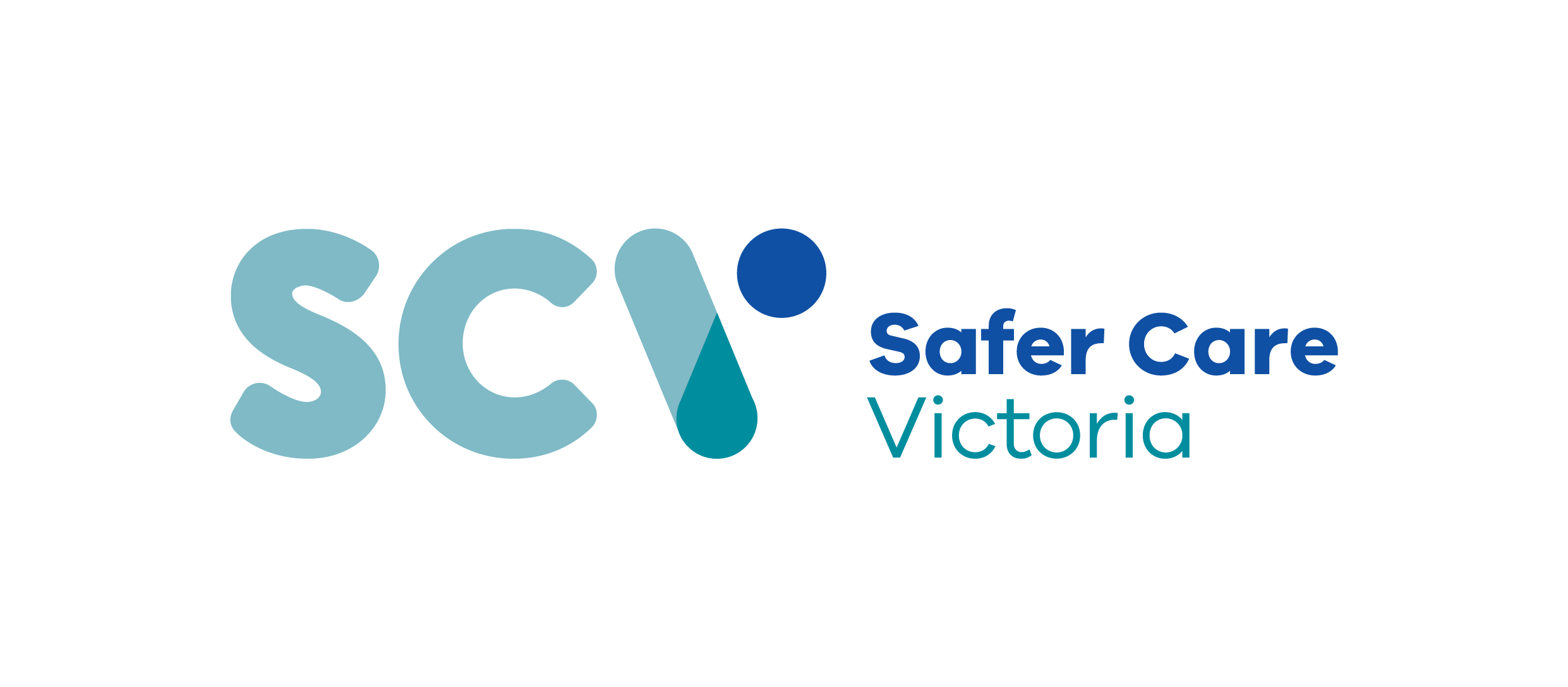About the project
This project aims to prevent blood clots and support management of blood-thinning medicines for patients in hospital.
The project has 2 streams:
- Stream A focuses on preventing blood clots for patients in hospital for surgery.
- Steam B focuses on preventing blood clots and improving management of blood-thinning medicines for patients in hospital for medical (non-surgical) reasons.
Objectives
- Reducing harm in hospitals and readmissions due to clots and blood-thinning medicines (including reducing stroke and pulmonary embolisms).
- Reducing variation in care and increasing patient safety
- Optimising prescribing of blood thinners to prevent blood clots and bleeding.
Background
Venous thromboembolism (VTE) is a blood clot that blocks the flow of blood through the veins. This blood clot can be formed in the legs or arms to cause a deep vein thrombosis or travel through the veins into the lungs to cause a pulmonary embolism.
VTE is a leading cause of preventable death and disease in Australia among hospitalised patients, and accounts for 7% of all deaths in Australian hospitals.1
VTE prevention and management are only appropriate in half of patients receiving surgery.2 Implementing appropriate VTE prevention is ranked as the top intervention hospitals can make to improve patient safety.1
Additionally, blood thinning medicines are the medicine class most frequently linked to medicine safety incidents.3
How to get involved
Contact us
Get in touch with the Quality Use of Medicines Improvement Team for more information on how to participate in this project.
Email: QUMImprovement@safercare.vic.gov.au
Solution design
This project has been designed in consultation with an expert working group of consumers, hospital clinicians, and improvement advisors. It is centred around 3 primary areas of change:
- VTE prevention and risk assessment
- Tailored person-centred care
- Evidence-based practice
Participating hospitals will be supported through 3 action periods where they test change ideas with support from SCV through learning sessions, 1:1 coaching and virtual workshops. The first phase of the project, with the 2 streams running concurrently, will kick-off in July 2025 and continue until June 2026.
Project milestones
| Activity | Date |
|---|---|
| Expression of Interest opens for health services | May 2025 |
| Kick-off call | July 2025 |
| Virtual workshop | August 2025 |
| Learning session 1 | September 2025 |
| Learning session 2 | December 2025 |
| Learning session 3 | March 2026 |
| Summative event | TBD |
References
1 Access Economics Pty Ltd for The Australia and New Zealand Working Party on the Management and Prevention of Venous Thromboembolism. The burden of venous thromboembolism in Australia. 2008. Access Economics Pty Ltd [online]. Available from: https://www.safetyandquality.gov.au/publications-and-resources/resource-library/burden-venous-thromboembolism-australia. Accessed 27 February 2025.
2 Hibbert, P. D., Hannaford, N. A., Hooper, T. D., Hindmarsh, D. M., Braithwaite, J., Ramanathan, S. A., Wickham, N., & Runciman, W. B. (2016). Assessing the appropriateness of prevention and management of venous thromboembolism in Australia: a cross-sectional study. BMJ open, 6(3), e008618. https://doi.org/10.1136/bmjopen-2015-008618
3 Safer Care Victoria (2024). Sentinel Events: Annual Report 2022-2023. [online]. Available from: https://www.safercare.vic.gov.au/publications/sentinel-events-annual-report-2022-2023. Accessed 25 February 2025.
Priority area
This project supports our broader effort to ensure safe medication practices.



